Ideal Timing for Storm Restorations
Storm restorations are most effective when performed during periods of calm weather, allowing for thorough inspections and repairs without interference from ongoing weather conditions. Timely restoration helps prevent further damage and ensures structural integrity.
This period often sees increased storm activity, making it an ideal time to assess and repair storm damage before the next season.
Performing restorations during these months can prepare properties for upcoming storms and reduce vulnerability.
Late winter or early spring can be suitable for repairs, especially when storm activity is lower, allowing for efficient scheduling.
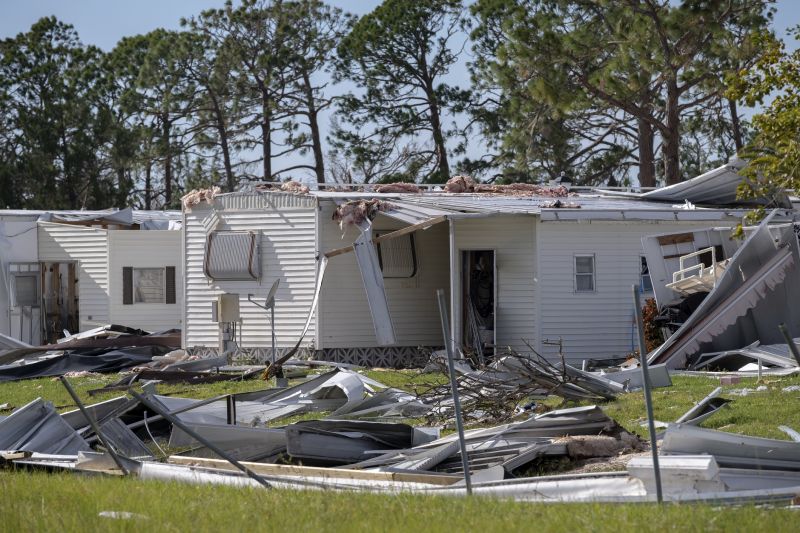
Inspecting roofs and exteriors after storms to identify damage early.

Addressing urgent issues promptly to prevent further deterioration.

Developing a comprehensive plan for repairs during favorable weather conditions.
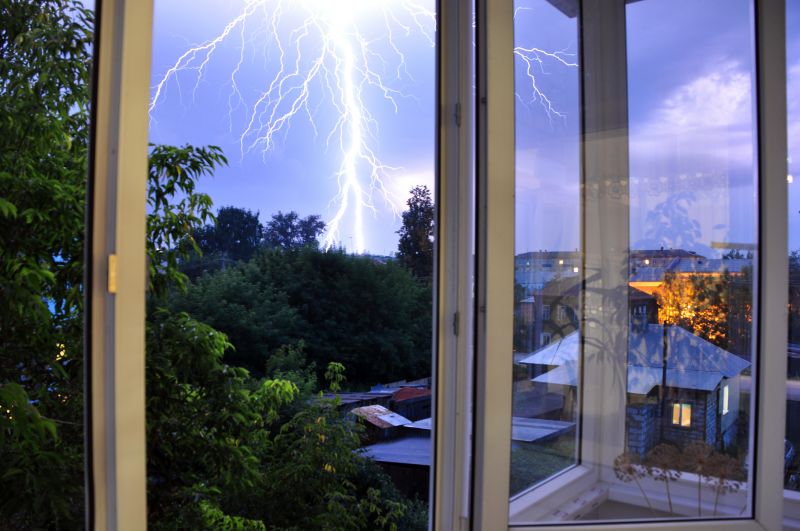
Ways to make Storm Restorations work in tight or awkward layouts.

Popular materials for Storm Restorations and why they hold up over time.
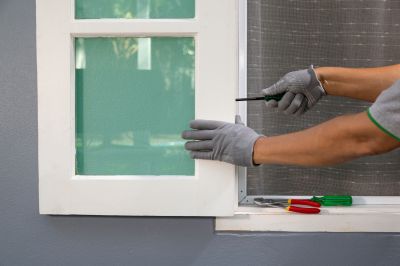
Simple add-ons that improve Storm Restorations without blowing the budget.

High-end options that actually feel worth it for Storm Restorations.

Finishes and colors that play nicely with Storm Restorations.
| Season | Optimal Activities |
|---|---|
| Spring | Assess storm damage, initiate repairs |
| Summer | Complete repairs, reinforce vulnerable areas |
| Fall | Prepare for winter storms, finalize restorations |
| Winter | Perform inspections, plan upcoming repairs |
Storm restorations involve repairing and restoring properties affected by severe weather events such as high winds, hail, and heavy rain. Proper timing ensures that repairs are done efficiently, reducing the risk of further damage and extending the lifespan of the property. Statistics indicate that early intervention can decrease repair costs by up to 30% and minimize downtime for property owners.
Effective storm restoration requires a strategic approach, including thorough damage assessment, timely repairs, and weather-aware scheduling. It is essential to consider local climate patterns and historical storm activity to determine the most suitable periods for restoration efforts.

Hail and wind damage can compromise roof integrity.
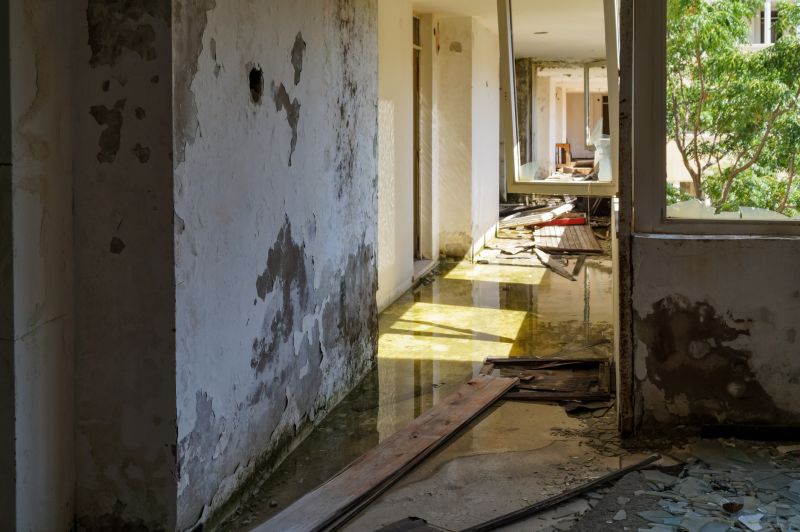
Heavy rain can lead to water intrusion and structural issues.
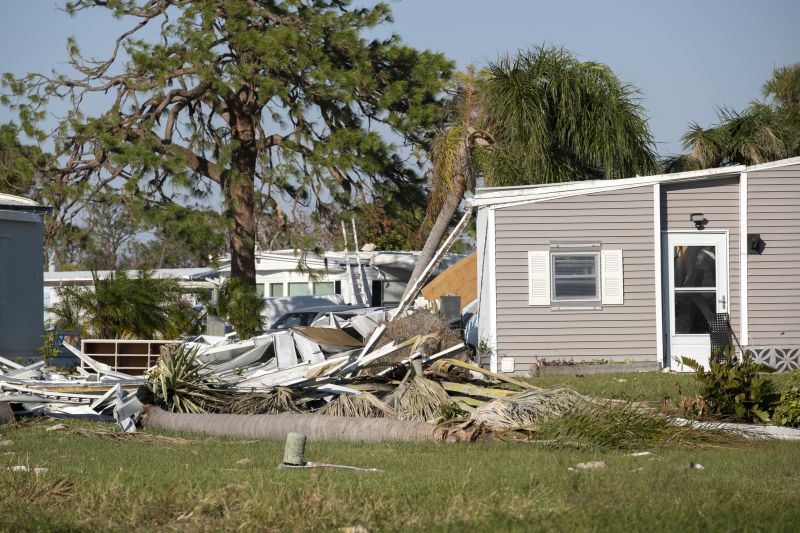
Restoration restores exterior durability after storm impacts.

Upgrades improve resistance to future storms.
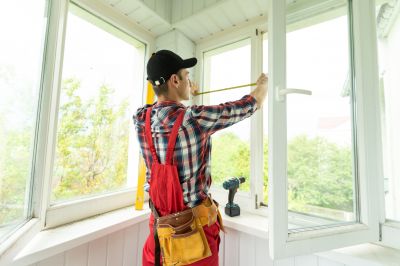
Little measurements that prevent headaches on Storm Restorations day.
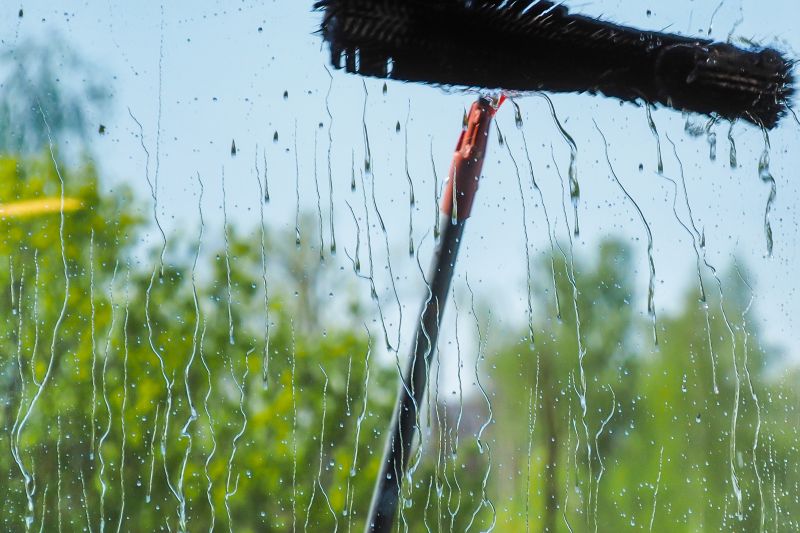
A 60-second routine that keeps Storm Restorations looking new.
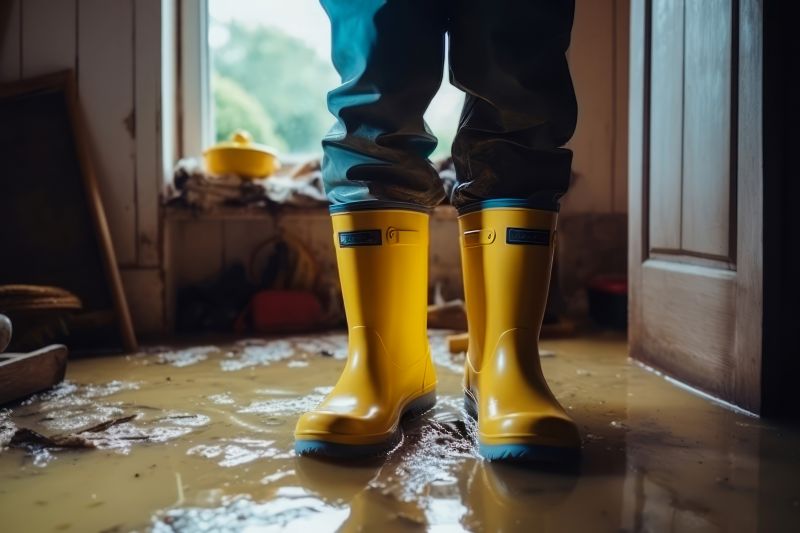
A frequent mistake in Storm Restorations and how to dodge it.

Small tweaks to make Storm Restorations safer and easier to use.
Timely storm restorations are critical for maintaining property value and safety. Filling out the contact form can provide more information about available restoration services and scheduling options tailored to local climate conditions in Bay City, MI.
